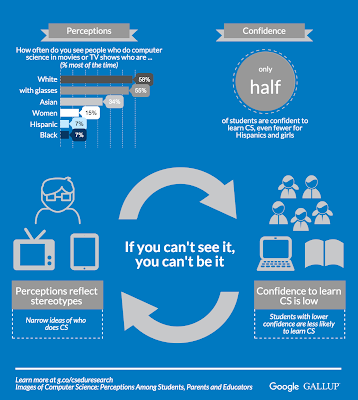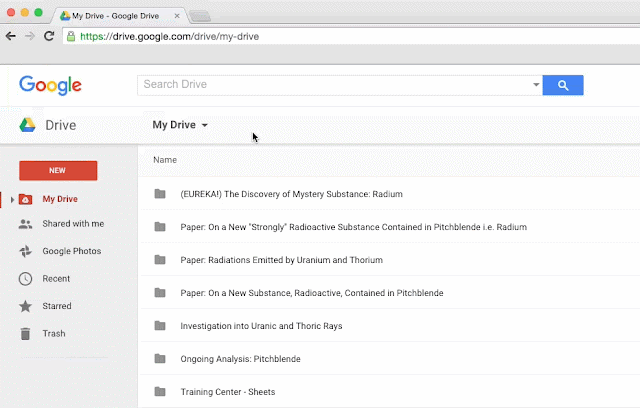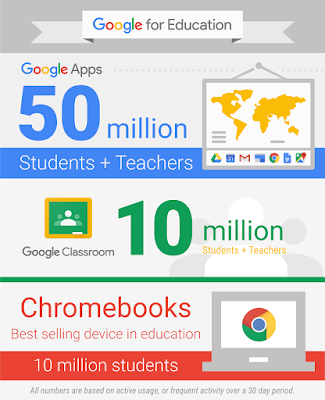Editor's note: We're going across the U.S. to shine light on the great things schools are doing with technology at the statewide level. Texas is up next. There we asked educators and administrators to reflect on how technology has changed what it means to teach and learn. From group projects to collaborative lesson plans, technology has improved the teaching and learning experience across the state. And we’re happy to announce that 100% of Texas’ online standardized tests can be administered on Chromebooks, giving educators an easy, secure way to manage the testing process. To learn more about Google solutions for Education, watch this recent webinar with Arlington Independent School District.
When students want to learn and collaborate with classmates, they no longer have to travel to the library after school or schedule time to work at another student’s house. With teachers and administrators in Texas integrating technology – including Google Apps for Education and Chromebooks – into their curricula, students can learn and work on assignments when they’re not in the classroom. Teachers are preparing students for college and future careers while staying under budget and saving time managing thousands of devices. Inspired by how schools are innovating with technology across the region, we’re highlighting a few of the successes we’ve heard about directly from Texas schools:
Leveling the playing field
Google Apps for Education isn’t just a way to share information – it’s the learning hub at Arlington Independent School District (case study) in North Texas. Students and teachers at Arlington ISD create more than 50,000 documents in Google Docs during any given week, and students can access this bounty of information when they aren’t in the classroom. For example, physical education students used heart monitors to measure their heart rates during different activities. As a homework assignment, they analyzed the data in Google Sheets and shared their findings with their peers. With the affordability of Chromebooks, more students have access to devices. When students leave the classroom, they can sign onto Chromebooks on loan through the 1:1 program and access Google Apps for Education to continue learning, regardless of their technology options at home.Collaborating beyond the classroom walls
North East Independent School District uses technology to create a collaborative approach across schools, so students on its 70 campuses can share their work with peers and teachers. They’re creating a global learning environment by sharing assignments in Google Docs with students at international schools and with subject matter experts to get real-world feedback. For example, a sophomore history class shared its Middle Ages project with students in Denmark. “These devices have captured student’s excitement to learn, collaborate and think creatively,” says Tom Johnson, senior director of technology at North East ISD.Introducing affordable devices for 21st century learning
McAllen Independent School District is introducing 12,500 Chromebooks this winter to give students 24/7 access to technology as part of its new initiative: Transforming Learning in the Classroom, Campus and Community. Students, teachers and parents provided their input on the devices they wanted, and the technology team evaluated the costs. “As we move toward a 1:1 model, we had to consider the cost of providing devices for students, the ability to manage 12,500 devices and the cost of fixing and replacing devices,” says Ann Vega, director of instructional technology at McAllen ISD. After the rollout, more students will have access to tools that will equip them with 21st century skills.Schools continue to expand what it means to go to school by incorporating digital learning into their curricula. Technology inspires students to think beyond their lesson plans, whether they’re in study hall, waiting for soccer practice or on a family vacation. Check out the schools’ stories and watch Arlington's webinar to learn more.
We’ve heard great stories from many of you about how you’re using technology to do amazing things in your schools, so we're going across the U.S. to see for ourselves! Check out the map below to see where we’ll head next. We’d love to hear what’s happening in your state, so please share your story on Twitter or Google+ and tag us (@GoogleEdu) or include the #GoogleEdu hashtag.














